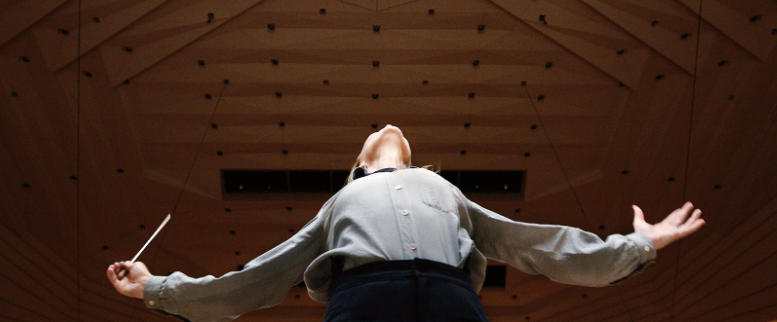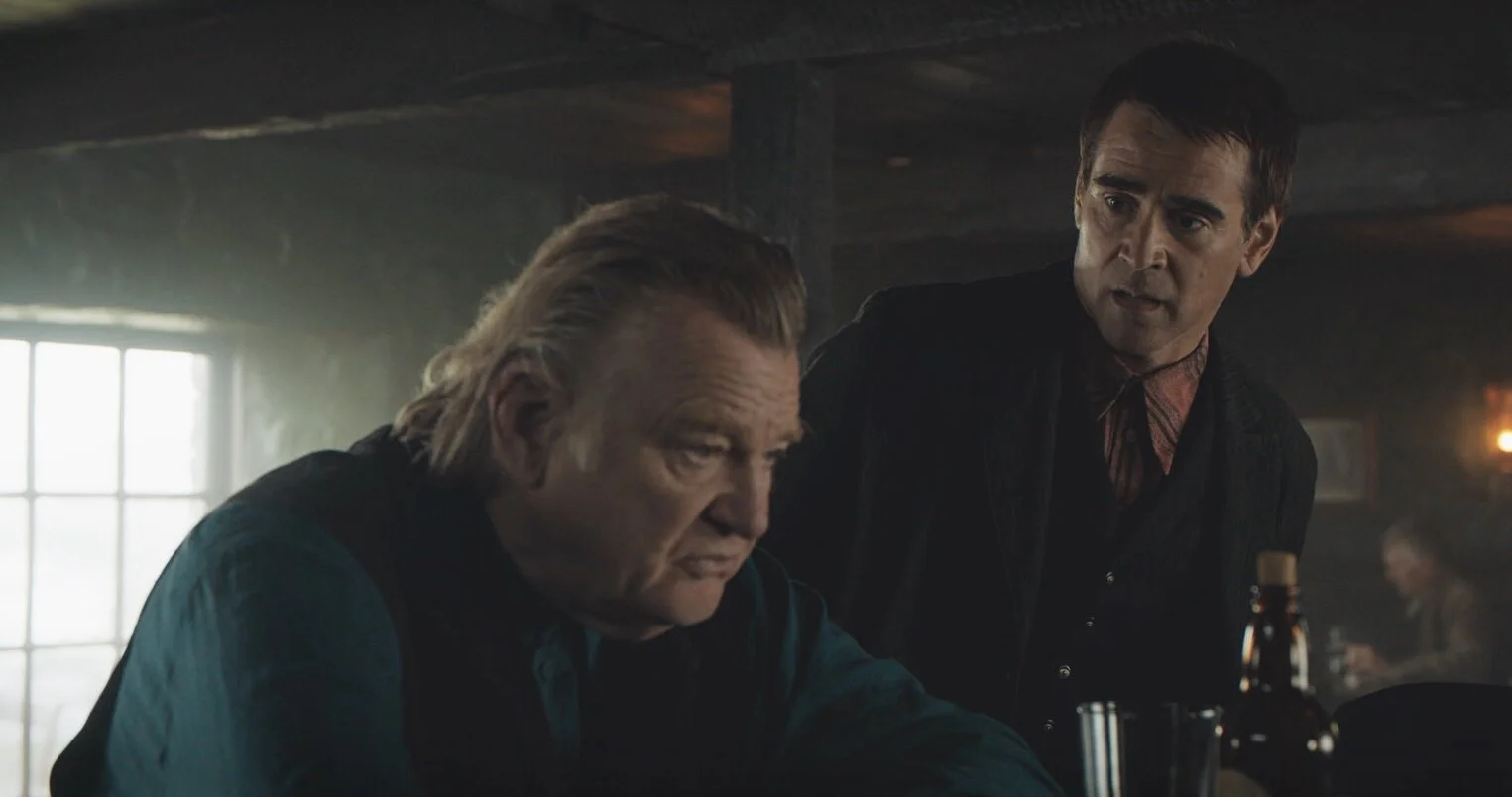Banshess of Inisherin & Tár: Two Oscar contenders find dark harmony on the power and pitfalls of art
Moving Pictures by Mo Burford
The power of art and the cost of art are a braided pair: much is asked of the artist and much must be given over to the hope, the prayer, of greatness, of having one’s work remembered long after they are gone. Interwoven into this braid is also loneliness, the power of connection, and the ethics and responsibility of power. Tár and The Banshees of Inisherin, two of the year’s best films, examine these themes to sublime ends, admittedly through very different lenses. And both films will undoubtedly be strong contenders for the upcoming awards season.
Tár is a film set in the world of contemporary classical music, where Lydia Tár (Cate Blanchett) is considered one of the greatest living conductors and is the first-ever female conductor of the Berlin Philharmonic. However, Tár is accused of inappropriate and even predatory behavior with former pupils, which leads to tragic consequences. The movie in many ways tries to tackle the issues we are currently dealing with as a society around prominent figures in culture and their accountability to the things they say and do. What is interesting in Tár is writer-director Todd Field’s ability to show this without moralizing, without telling us what to think about an issue and instead leaving the pieces for us to make of them what we will. The story is no less powerful for lack of simple morality—a lesson many other films this year could have taken.
Tár is a masterpiece, a perfect articulation of the power of film to tell complex and, at times, even ambiguous stories, a film working at the top of its intelligence and asking the audience to meet it there. As an art object, Tár is exquisite. Everything is perfect, from the cinematography to the score to the editing. Cate Blanchett’s performance in this role is another point of perfection in the film. If I had one small quibble, it is that it occasionally outpaces the viewer in what it knows and who the characters are, and as an audience member it can take you out the flow of the film to have to remember, “Who is that again?” But this mere quibble is nothing in contrast to what the film is able to accomplish. Tár is almost certainly the best film of the year.
Tár
★★★★
(Five stars)
The Banshees of Inisherin is almost certainly the second best movie of the year.
(Side note: For me, there is a distinction, however subjective, between best and favorite. While I hold, at the moment anyway, that Tár is the best movie of the year so far, I still think Everything Everywhere All at Once is my favorite movie of the year. Make of that what you will, dear reader.)
Set on a small, pastoral island off the coast of Ireland in the 1920’s, the film begins as two friends find themselves at an impasse that abruptly ends their friendship. What ensues is a dark, and at times humorous, exploration of what it means to live a life of meaning: in this case, the question revolves around what one does with one’s life that will be remembered—that is, the tangible and lasting creation of art versus the ephemeral nature of kindness and connection. Like Tár, Banshees of Inisherin is not a moralizing film, however much it may engage with ideas of morality—which is no small feat. This film is also about art and greatness, both the striving for it and the cost of it; and in both films there is a significant human cost to that striving.
The Banshees of Inisherin has stayed with me. I saw it almost two weeks ago, and I don’t think a day has gone by without me thinking about the film and the questions it asks. For me, the questions this film asks are at the heart of my own life. To name a few: What does it mean to live a good life? What is more important, art or kindness? And is it possible for them to exist both in equal measure?
I was struck when watching both of these films by how much making movies like these—ones that strive to make art that engages the audience at their highest intelligence, movies that are deeply complex and nuanced without necessarily telling us what to think—is an extremely difficult task, like playing chess against oneself. Yet there is an absorbing and enlightening tension that is produced by maintaining this balance. I walked away from both films, however dark they may have been, with the real feeling that I had been nourished by seeing them, and given the seed of something that will grow into greater understanding, both of myself and the world around me. And isn’t that what all great art aims to accomplish: To make one feel something and, by doing so, to grow?
The Banshees of Inisherin
★★★★
(Five stars)
The Banshees of Inisherin and Tár are now showing at Skylight Theater in Hood River.
Questions, comments, movie suggestions? Email Mo at movingpicturesccc@gmail.com
For more reviews and to see his up-to-date movie log, follow Mo at Letterboxd


